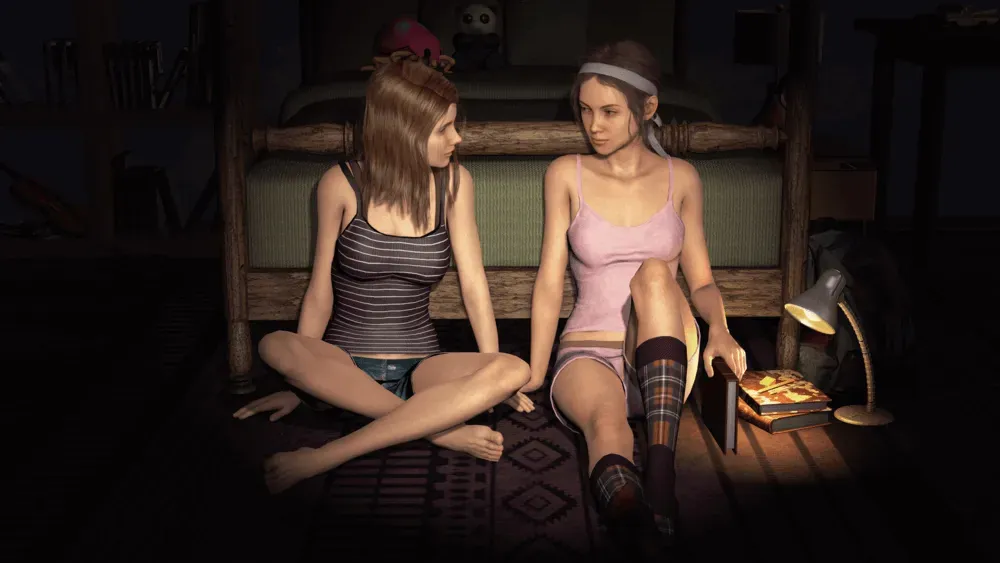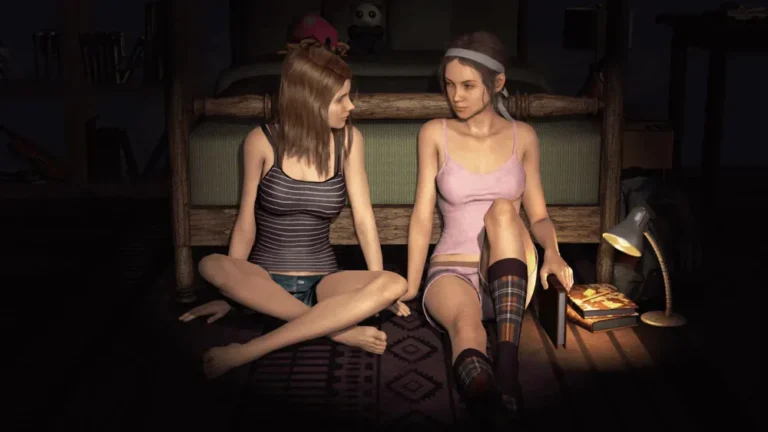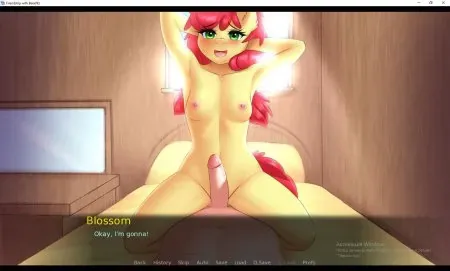
Short Sad Stories
Play Short Sad Stories
Short Sad Stories review
Exploring the Unique Experience of the Short Sad Stories Interactive Game
Short Sad Stories is an evocative interactive game that blends narrative depth with emotional engagement, offering players a unique experience through its storytelling and gameplay. This article explores the game’s core themes, mechanics, and the emotional resonance it creates, providing insights and personal reflections on why it captivates its audience. Whether you’re curious about the game’s story or how it delivers its poignant moments, this guide will walk you through everything you need to know about Short Sad Stories.
Understanding Short Sad Stories: Narrative and Gameplay
Have you ever played a game that made you pause, put the controller down, and just sit with your feelings for a moment? 😔 That’s the unique power of the Short Sad Stories game. It’s not about high scores or defeating bosses; it’s about connecting with a narrative on a profoundly human level. This emotional storytelling game stands out because it uses its interactive nature not to empower you, but to make you feel, reflect, and sometimes, even grieve. It turns the player into an active participant in someone else’s heartache, and that is a truly special kind of magic. ✨
If you’re someone who believes games can be art, then you’re in the right place. This chapter is a deep dive into what makes this experience so compelling, from its core mechanics to the heavy themes it carries. We’ll explore how its design makes you care and why it might just be the most impactful story-driven game experience you’ll have this year.
What Makes Short Sad Stories Unique? 🤔
In a world saturated with open-world adventures and competitive shooters, the Short Sad Stories game is a quiet, poignant outlier. Its uniqueness doesn’t come from flashy graphics or complex systems, but from its brave focus on emotional storytelling. Most games ask “can you win?” This one asks “how does this make you feel?” 😥
I remember my first time playing. One story involved a character waiting by a window for a loved one who was never coming back. The gameplay wasn’t about finding a way to change that outcome; it was about sitting with them in that silence, listening to their internal monologue, and choosing how to respond to their pain. There was no “game over” screen, just a lingering sense of melancholy that stayed with me long after I’d closed the game. That’s the power of a well-crafted interactive narrative game—it trades momentary excitement for lasting emotional resonance.
What truly sets it apart is its commitment to its theme. It doesn’t use sadness as a cheap trick or a plot twist. It treats these emotions with respect and authenticity, creating a safe space for players to explore difficult feelings they might otherwise avoid.
Core Gameplay Mechanics Explained 🎮
So, how does the Short Sad Stories game actually work? If you’re picturing complex control schemes, think again. The genius of its gameplay mechanics lies in their beautiful simplicity. They are designed to serve the narrative, never to distract from it.
The primary interaction is through a branching dialogue and environmental interaction system. You don’t control a character’s movement through a world so much as you guide their attention and their heart. You’ll click on objects in a room—a faded photograph, an unopened letter, a dusty piano—each one triggering a memory or a piece of the story.
The most important mechanic is your choice of response. You’re often given several ways to react to a character’s sorrow. Do you offer words of comfort? Do sit in silence with them? Or do you ask a painful but necessary question?
These decisions form the core of the player choices emotional impact. You quickly learn that you can’t “fix” the sadness. Instead, your choices shape how you and the character experience it together. This creates an incredibly intimate and personal connection to the story. It’s a masterclass in how minimalist design can produce maximum emotional effect.
To better illustrate how the narrative and systems work in harmony, here’s a breakdown:
| Narrative Element | Supporting Gameplay Feature | Player’s Role |
|---|---|---|
| Exploring a character’s regret | Clickable flashback objects | Uncovering the past piece by piece |
| A moment of profound loss | Multiple choice dialogue options | Choosing how to share the emotional weight |
| The theme of memory | A fragmented journal to reassemble | Actively piecing the story together |
| Building a connection | Listening to monologues without interruption | Being a patient, empathetic witness |
Emotional Themes and Storytelling Techniques 💔
The themes in Short Sad Stories are not for the faint of heart, but they are handled with incredible grace. This emotional storytelling game delves into universal human experiences like loss, regret, loneliness, and missed connections. It explores the idea that some wounds don’t fully heal, and that’s okay. There’s a beautiful honesty in that.
The storytelling technique is deeply introspective. You experience the world almost entirely through the internal thoughts and memories of the characters. The writing is poetic yet painfully relatable, often saying the things we think but are afraid to voice. 🎭 The game uses silence and music as powerfully as it uses words, allowing empty spaces for your own emotions to fill.
This approach makes the player choices emotional impact incredibly direct. In one story, I had to choose whether to read a final letter from a departed character. Putting it off felt like cowardice. Reading it felt like heartbreak. There was no “right” answer, only a authentic consequence for my emotional state. That’s the core of the experience: it mirrors the difficult, no-win choices we face in real life, making its stories resonate on a deeper level.
This isn’t a game you play to escape; it’s a game you play to understand. It provides a framework for processing complex feelings, offering a cathartic experience that is rare in the medium. If you’re ready to engage with a narrative on its own emotional terms, the Short Sad Stories game is waiting for you. Just be prepared to bring your whole heart with you. ❤️🩹
Short Sad Stories offers a compelling blend of narrative depth and interactive gameplay that resonates emotionally with players. Its unique approach to storytelling invites players to engage deeply with its themes, making it a memorable experience in the genre. Whether you seek a game that challenges your emotions or one that tells a meaningful story, Short Sad Stories stands out as a thoughtful and impactful choice. Dive into the game to explore its layers and discover why it touches so many players on a personal level.








